Alcântara
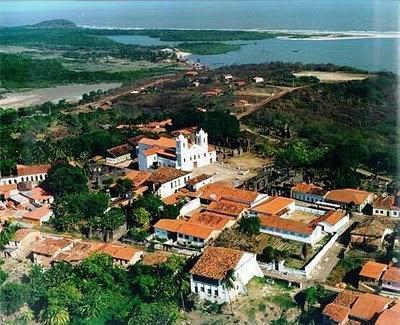
Alcântara is a municipality in the state of Maranhão, part of the Região Metropolitana de São Luis, with a population of around 22,000 inhabitants spread over an area of ??1457.96 km².
Alcântara, known as the Pompeii of colonialism, is famous for its historic buildings and its picturesque, cobblestoned alleys that go up and down. The city, which was declared a "City-Monument" of Brazil in 1948, is located on the opposite shore of the bay that embraces the island of São Luís, and can be reached, when the tide allows, by a catamaran that takes approximately an hour and a half to cross.
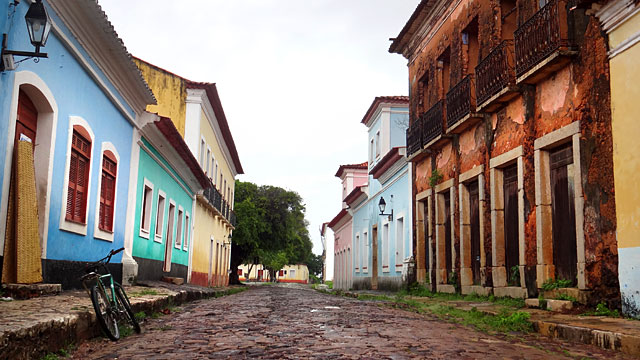
Among the many Brazilian cities, Alcântara remains one of the few that still allows a true and deep immersion into the history of Brazil. It is an ancient city, far from mass tourism, which has its own charm and a lot of history to tell. In the twentieth century, the city experienced a sudden decline in sugarcane production, which for years had been its fortune and pride throughout the world.

In the face of this situation, which deeply impacted the local economy, the city experienced a gradual but inexorable decline that led to the sudden abandonment by a significant portion of its inhabitants who were forced to seek better fortunes elsewhere.
The abandonment of the city was also the consequence of the ruins of the palaces, churches, and colonial houses that today, involuntarily, constitute an incredible "snapshot" of the past, obviously not conditioned by the influences dictated by modernity and globalization elsewhere. The city has its own incredible and complicated history.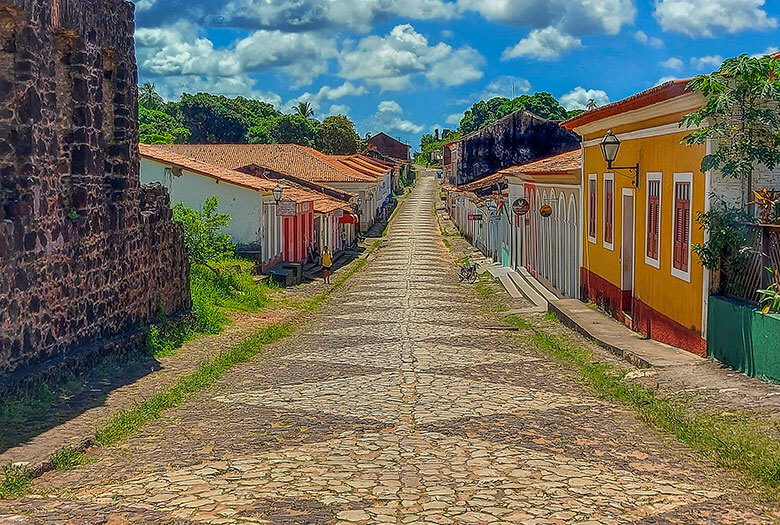
It was founded in the 1600s by the Portuguese and has since gone through a thousand vicissitudes and a thousand-year history of colonies, battles, economic expansion, but also cruel episodes of exploitation and oppression against slaves from distant Africa. Alcântara had two predominant historical periods. Let's discover them together!
The first dates back to the colonial era (in the 17th and 18th centuries). At that time, Brazil was a Portuguese colony, and the Maranhense aristocracy chose it as a privileged residential seat. And it is precisely at this historical moment that most of the city's buildings and monuments date back to.
As already mentioned, many of these are in a state of quite widespread abandonment and, to the visitor's eye, may seem like simple ruins. The "historic heart" of Alcântara is made up of Pelouriñho and the Church of Nossa Senhora do Carmo, which represent the two predominant cultures on the island: that of the black slaves and that of the colonialists.
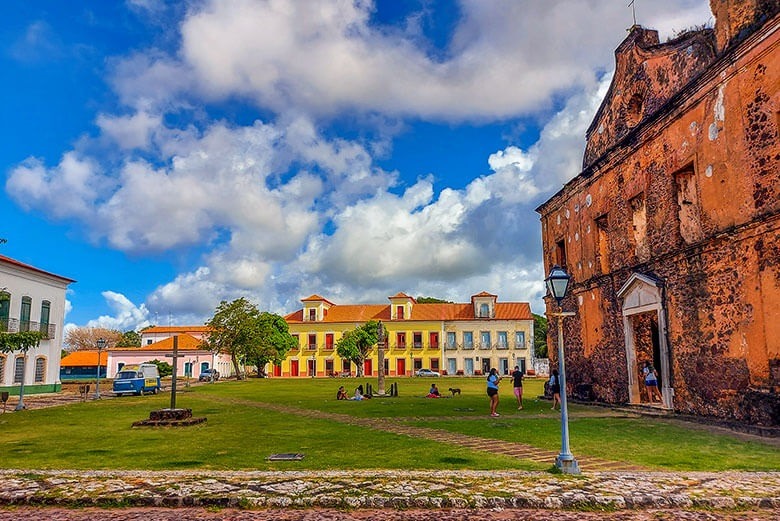 Pelouriñho is still visible and stands in the main square of the city, which is easily accessible from the port and is easily recognizable for its peculiarity of still being completely grassy, as well as for being the privileged seat of the ruins of the Matriz de São Matias church (built in 1948).
Pelouriñho is still visible and stands in the main square of the city, which is easily accessible from the port and is easily recognizable for its peculiarity of still being completely grassy, as well as for being the privileged seat of the ruins of the Matriz de São Matias church (built in 1948).
It is right here in the square's center that visitors can see the Pelourinho, a three-meter granite column to which slaves were tied to be publicly punished and killed for breaking some rule. Currently, the column is accompanied by a green flag with the symbol of peace.
Click here to watch a beautiful video made about a decade ago by TV Brazil.

The Igreja e Convento do Carmo, on the other hand, were founded by the Carmelites between 1646 and 1665 and are a beautiful example of Brazilian Baroque architecture. The convent was abandoned starting from 1890 when the Carmelite order was deprived of all its property, and the building was transformed into a fortress serving Portugal.
Click here to see the "monument city" from above!

Alcântara had a second significant historical period. In fact, it had a "second youth" during the Imperial Brazil period (1822-1889). In this era, the city became a really relevant economic attraction.
Proof of this is that the first sugar mills (engenhos de cana-de-açúcar) were built right here, giving rise to a new economic and political aristocracy. The entire city had its momentum, leading to a lively construction of palaces and monuments of valuable craftsmanship dating back to the 18th century, still visible by walking from alley to alley. Arriving at Porto do Jacaré and taking the uphill Rua do Jacaré, one has a broad trace of this historical period.

The one, to be precise, where Alcântara was the capital of this corner of Northeast Brazil, managing to combine an incredible blend of Portuguese azulejos and African culture. Rua do Jacarè is a perfect mix of past and present. The uphill road is paved with dark and light stones (cabeça-de-negro), typical of the region. Along the way, on both sides, you can see the colorful colonial houses still inhabited by the locals.
A few hundred meters from the port, you can see the Palácio do Barão de Mearim. This was a 17th-century building intended to host Emperor Dom Pedro II. But it had a significant peculiarity. It was never completed, and currently, only the walls, some columns, and stone arches are visible. Not far from here, visitors can also explore Rua da Amargura or the ancient Rua Bela Vista.

Both were inhabited by local bourgeois and reveal to the tourist as highly characteristic, and therefore worth discovering at all times of the day (including at night!) for that incredible combination of ruins, scenes of deeply contemporary life, and that "so special" backdrop that frames them with the small port and the ocean behind, which, with a play of lights, makes everything even more magical. In other words, in this part of the city, visitors discover a "pleasant postcard" with muted tones, quite retro but to be kept in the "memory album" of this city so different from many others for that perfect blend of past and present that evoke the glories of long-gone eras.
Click here to discover this city on a very special occasion. That is the "Festa do Divino"!
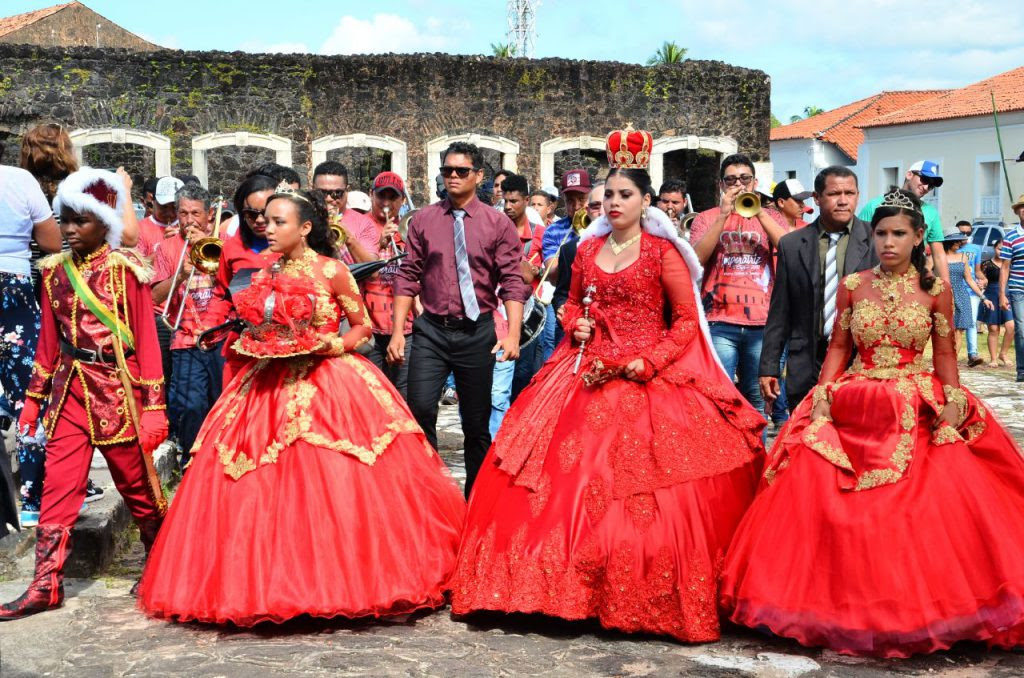
Ilha do Livamento
Less than twenty minutes by boat from Alcântara, it is possible to reach this island with small local fishermen's boats, which can also be seen from the hill overlooking it.

The island does not have its own port. You disembark near the main beach, stepping into the water and walking the few meters to the shore.
The island can be visited in less than an hour, walking along the shoreline and admiring its fairly extensive beaches and variegated reddish cliffs, while scanning the ocean, which can be quite agitated at these latitudes, peeking in the background.
Click to watch a short video of this island.

Inside the island, there is only one indigenous inhabitant. Her name is Dona Mocinha and she has always lived here, immersed in nature and in complete solitude.
Click to read an article about this very special lady's story.
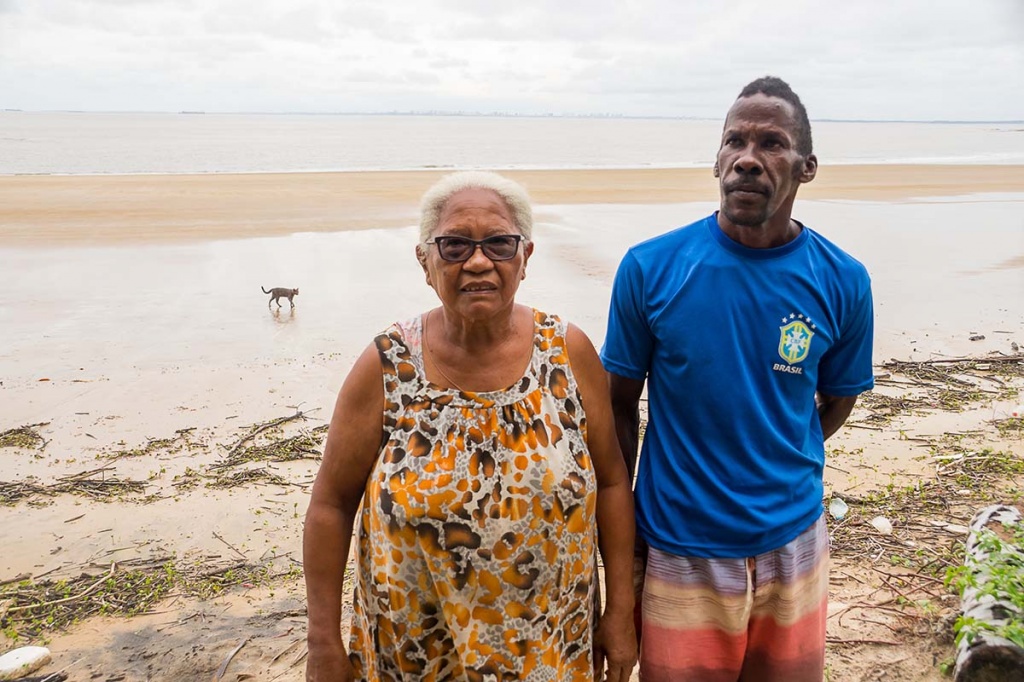
Map: Alcântara
Address: Maranhão 65250-000 Brasile
Alcântara (Brasile) Maranhão
Latitude: -2.4089061180459463
Longitude: -44.417327642440796
Site: http://www.visitbrasil.com/...
vCard created by: Marco Cadelli
Currently owned by: Marco Cadelli
Type: City
Function: Public place
Creation date: 19-03-2023 06:52
Last update: 22/03/2023